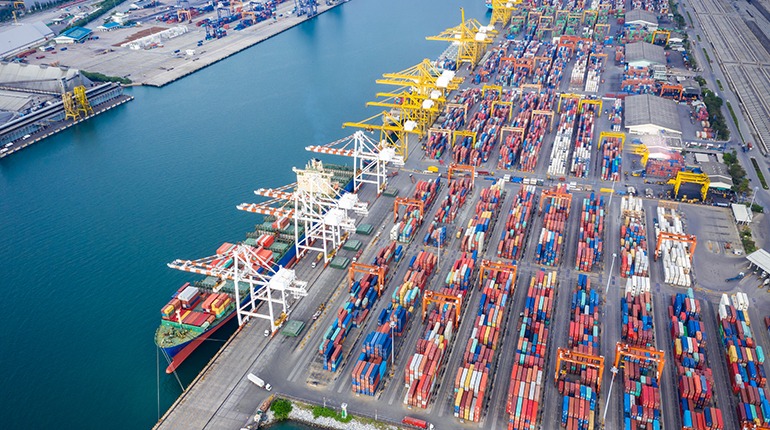
Hub Port: Do you know what it is and what it does?
Hub ports consist of cargo concentrating ports and shipping lines, which allow large container ships to be loaded and unloaded in one stop per region.
The format widely used in North American, Asian and European countries, is an alternative to optimize the logistics of port operations. Among the main benefits of Hub Ports are the decrease in logistics costs and the improvement of the service level during international trade transactions.
Currently, the ten largest hub ports in the world are concentrated in China, Singapore, South Korea and Dubai.
In the opinion of the executive director of the Brazilian Association of Terminals and Customs Enclosures (Abtra), Agelino Caputo e Oliveira, the Port of Santos should consolidate, until 2030, as a hub port for Latin America. The declaration took place during the 1st São Paulo Maritime and Port Law Congress, held at the Associação Comercial de Santos, in late September.
For the president of the National Federation of Port Operations (Fenop), Sergio Aquino, the port of Santos is also “a great candidate to become a hub port”. For this to happen, however, other factors will have to be considered. He highlighted, among them, the need for systems that guarantee an effectively organized, professionalized port, in addition to the competitive recovery of cabotage in Brazil.